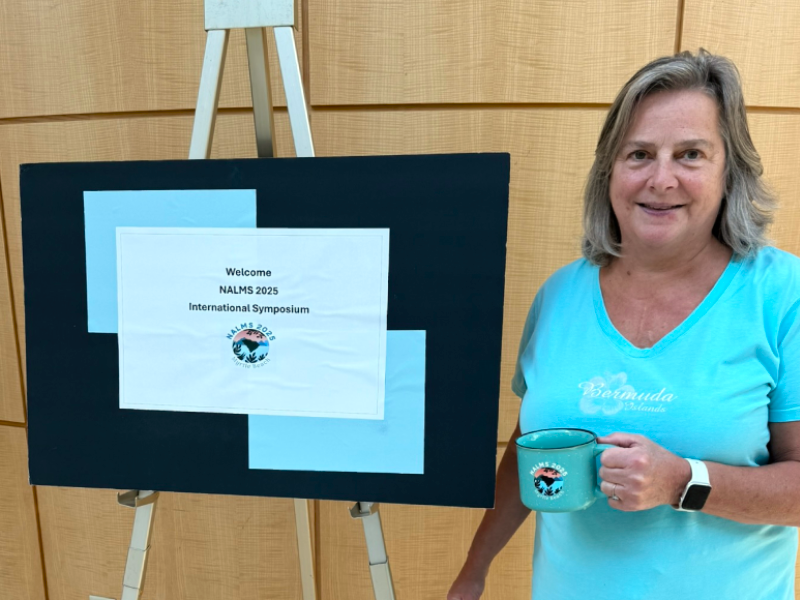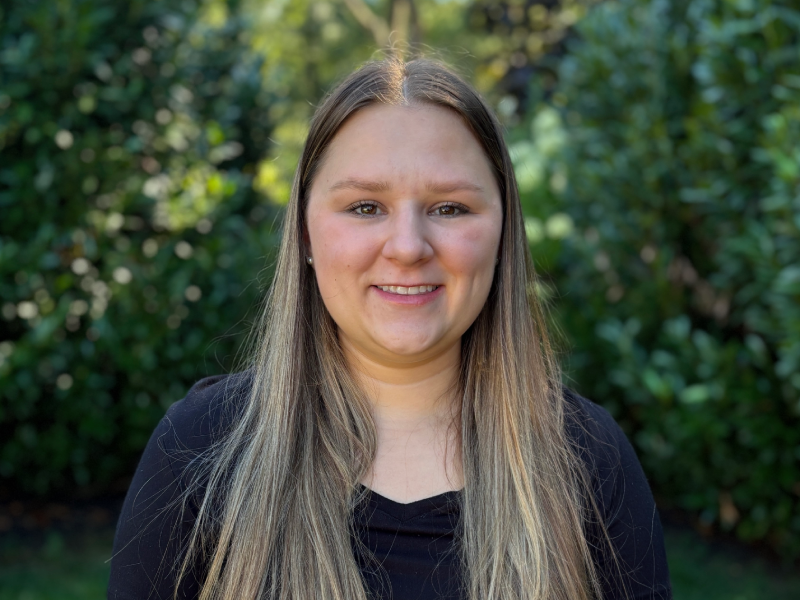
November 13, 2025| Environment, Events
By: Donna Macalle-Holly
What happens when you gather hundreds of lake lovers, scientists, and environmental enthusiasts in Myrtle Beach, South Carolina? A surge of ideas, inspiration, and a few too many conversations about Harmful Algal Blooms (HABs).
Last week, I attended the 45th International Symposium of the North American Lake Management Society (NALMS), themed “Navigating Change Together: Enhancing Lake, Reservoir, and Watershed Resilience.” Attendees shared the latest science, innovative projects, and success stories in keeping our lakes healthy.
The conference itself was outstanding and informative, though getting back to good old Newark Airport was quite an adventure! My original flight was among those canceled due to the flight reductions at major airports during the government shutdown, which set off quite the travel saga. After two buses (one of which got a flat tire on I-95 and caused a four-hour delay), a couple of Ubers, a rental car, a rebooked flight, and several flight delays, the trip home ended up taking about 34 hours. But that’s a story for another time.
With nearly 70 sessions to choose from—covering lake management, data dashboards, climate resilience, stormwater, aquatic plants, and invasive species prevention—deciding what to attend felt like picking a favorite lake (Ha! Lake Hopatcong, of course).
One standout session, “How the Past Informs the Future of Lake Management,” offered a fascinating look at how decades of lessons shape today’s lake protection strategies. The big eye-opener? Lakefront homes can lose an average of 2.8% of their value when the lake isn’t well protected. It’s a clear reminder that healthy lakes benefit not just wildlife and recreation, but entire communities. The choices we make locally have real environmental and economic impacts, and ultimately, keeping the lake healthy starts with the people who live around it.
For the true “lake management geeks” among us (said with love), check out the full presentation by Ken Wagner, who’s been working in lake management for more than 45 years, here.
Throughout the symposium, one theme kept coming up. Volunteers make all the difference. From citizen science to invasive species monitoring, lake stewardship depends on people who care enough to get involved.
If that sounds like you, we’d love your help! Join us as a Water Scout monitoring water chestnut or as part of our road salt monitoring team this winter. For more information on the later, email donna@lakehopatcongfoundation.org.
Leaving Myrtle Beach, I felt inspired by the passion and dedication within the lake management community and reminded that lasting change starts at home. We do not need to be scientists to make an impact. We just need to care enough to get involved. Here at the Lake Hopatcong Foundation, we are proud to keep that momentum going.
 |
|
Pictured left to right: Keri Green (Smith Mountain Lake Association), Pat Rose (Princeton Hydro), Donna Macalle-Holly (Lake Hopatcong Foundation), Mike Hartshorne (Princeton Hydro), Rob Newby (NJ Department of Environmental Protection), Emily Mayer (NJ Department of Environmental Protection) |

November 13, 2025
People

October 30, 2025
Education, Environment